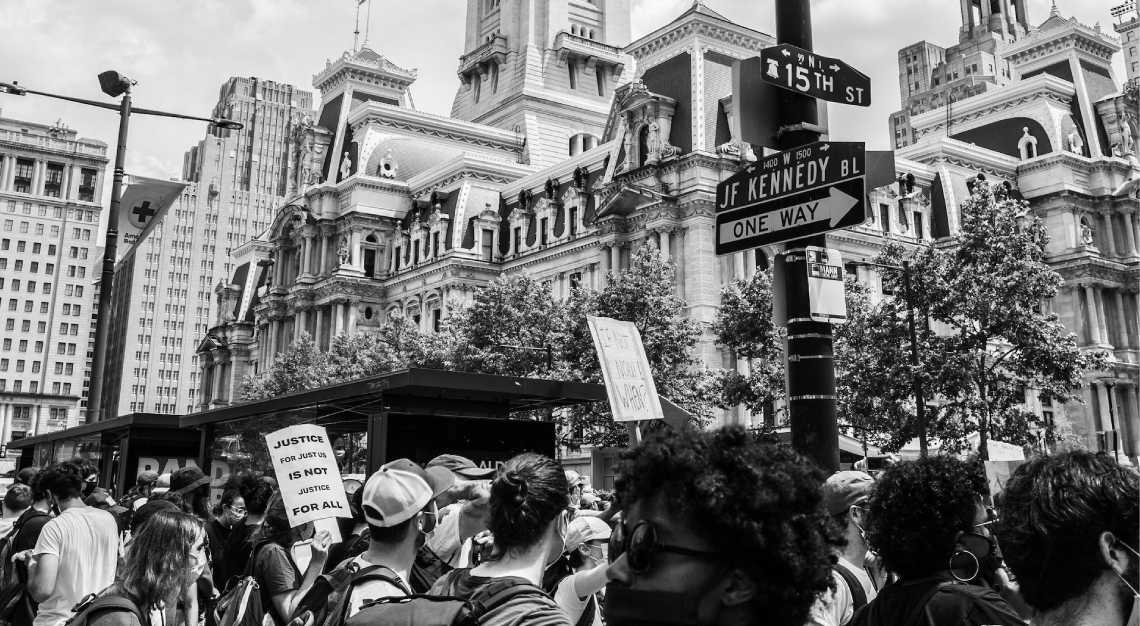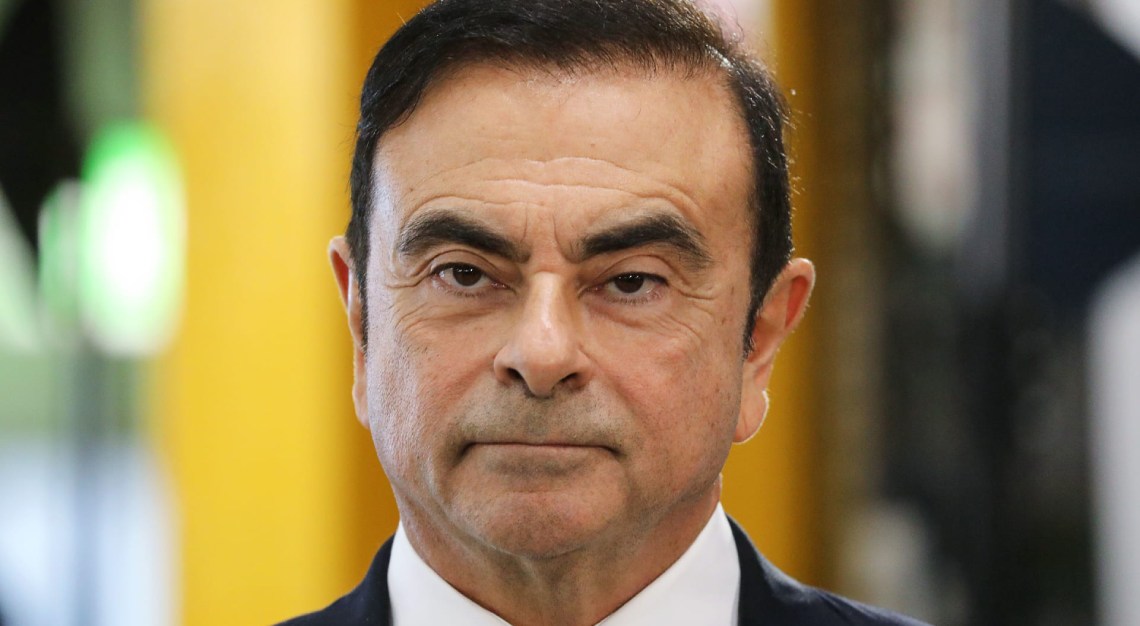This isn’t the first writers’ strike Hollywood has seen, and it is an unfortunate pattern observed in history
We’ve heard rumblings of the first wave of writers’ strike earlier in the year, but how did it culminate in the recent nationwide halt of major productions, with potential side effects on the Oscar and Emmy awards cycle? To get a better frame of the events that led up to it, we retrace Hollywood‘s steps in the matter.
While the picketing across 12 locations in Los Angeles and New York seems momentous, this strike bears greater historical significance in marking the first time actors join the cause since 1960s. Most notably, the heavyweight cast of Oppenheimer leaving the premiere early in solidarity—with the film’s director, Christopher Nolan expressing his support of the movement. Fellow summer box office hit Barbie was no different with Margot Robbie, Ryan Gosling and Greta Gerwig sharing the same sentiment.
What the strike is about
It’s easy to assume that motivations behind the strike centre around pay, which may be one of the factors in this particular case, but a bigger ‘why’ stems from the rise in streaming business models. Not only do residual payments get cut, employment protections are liable to change. Accompanied by the lack of guardrails concerning the use of artificial intelligence, both writers and actors are placed in a vulnerable situation. Now Black Mirror‘s Joan is Awful doesn’t seem that far removed from reality.

2023
Following 11,000 WGA (Writer’s Guild of America) members walking off set in May, 160,000 performers from SAG-AFTRA (Screen Actors Guild-American Federation of Television and Radio Artists) add to the tally last week. Proposals to regulate AI and other negotiations with AMPTP (Alliance of Motion Picture and Television Producers) have been inconclusive. As major studios including Paramount, Warner, Amazon, Netflix, and Disney are inadvertently impacted, movies are already seeing delays in release dates. Though fan-favourites such as Deadpool 3 are among the list, Broadway and shows like Game of Thrones prequel House of Dragon continue as they operate under separate unions.
2007
Not vastly different from the current one, the previous strike was spurred by the writers’ revenue share of media distribution on the internet, via online streaming and digital downloads. It lasted 100 days, bleeding into the following year and causing networks to plug prime time programming holes. The estimated damage on the Californian economy was US$2 billion. New contracts were eventually signed.
1988
Here, WGA sought better residual payments for writers in compensation for work shown on cable and pay television. The strike lasted for 22 weeks and caused widespread disruption in the industry. New contracts increased minimum pay and stipulated reworked formulas for residual calculation.
1981
As the emerging home video market was posing a threat then, the three-month strike revolved around writers’ profit share. It similarly delayed television season and resulted in a contract guaranteeing a share of producer revenues; which while pioneering, did not fully achieving the writers’ goal.
1973
Due to disagreements between WGA and AMPTP over payment for television, movie and video cassette residuals, this strike lasted for nearly four months but won salary hikes.
1960
Lasting a whopping 151 days, the main demand was royalties from television and film reruns and syndication. This landmark event led to substantial changes in the industry, laying the groundwork for subsequent strikes and the standard practice of residuals systems.
1952
The Screen Writers Guild, a WGA predecessor, and the Authors League of America led a strike for a deal that defines pay scales based on overall earnings and retains script ownership rights amidst an evolving landscape of remakes and sequels. After 14 weeks, writers were given unprecedented ownership over their material but were restricted to conceding to a flat-fee as opposed to a percentage adjusted by project success.






